
Shatrughna and Lavanasura – The Heroic Battle in the Ramayana
Shatrughna and Lavanasura: In the epic Ramayana, many heroes shine with courage and loyalty, but some remain unsung champions. Among them is Shatrughna, the youngest brother of Lord Rama, who is known for his unwavering devotion to family, quiet strength, and a historic battle against Lavanasura, the demon who terrorized Mathura.
This story highlights Shatrughna’s valor, the defeat of Lavanasura, and how Mathura was restored to peace and prosperity.
Shatrughna and Lavanasura :Ramayana – Shatrughna, the loyal brother of Lord Rama
The epic Ramayana holds a special place in the hearts of Shatrughna among the four sons of King Dasharatha. He is revered for his humility, loyalty, and courage, while his elder brothers Rama, Bharata, and Lakshmana often take the spotlight. Known as the youngest brother of Lord Rama, Shatrughna is a symbol of devotion to family and is remembered for his heroic defeat of the demon king Lavanasura and his rule over Mathura.
Shatrughna and Lavanasura :Birth and Family of Shatrughna
The younger son of King Dasharatha of Ayodhya, Shatrughna, was born in Ayodhya. Dasharatha had three queens: Kausalya, Kaikeyi, and Sumitra. During the reign of Queen Sumitra, Shatrughna and his twin brother Lakshmana were born.
According to the Ramayana, Shatrughna and Bharata are inseparable, much like Lakshmana and Rama.There is a recurring theme of their bonding as brothers, representing loyalty and support in times of joy and hardship. There have been some changes since then.
Shatrughna and Lavanasura: The Role of Shatrughna in the Ramayana
Shatrughna may not appear as frequently as his brothers in the main narrative of the Ramayana, but his actions were vital to the kingdom of Ayodhya. He was known for his *quiet strength and sense of duty
Shatrughna’s contributions to the Ramayana include the following
Support to Bharata During Rama’s Exile
During Rama’s exile from Ayodhya due to Kaikeyi’s boon, Bharata refused to rule the kingdom and instead acted as regent. During this period, Shatrughna managed the affairs of the kingdom and ensured smooth functioning of the empire.
Loyalty Beyond Limelight
In Shatrughna’s life, he was not known for seeking glory or attention. The Ramayana honors unsung heroes like him for their service to their families and kingdoms.
The Bond Between Shatrughna and Bharata

If Lakshmana is seen as the shadow of Rama, then Shatrughna is the constant companion of Bharata. Their relationship symbolizes brotherly love and trust.
- During Rama’s exile, Shatrughna supported Bharata emotionally and politically.
- Ayodhya had stability and governance under Shatrughna when Bharata ruled it as caretaker king with Rama’s sandals on the throne.
- Their united front demonstrates how loyalty and teamwork among siblings played a pivotal role in the Ramayana.
The Legacy of Shatrughna in the Ramayana
Shatrughna’s life offers timeless lessons of loyalty, humility, and responsibility. While he never sought the limelight, his contributions to the Ramayana remain immortal.
Key aspects of Shatrughna’s legacy include
- Embodiment of Quiet Loyalty: He supported his brothers without seeking recognition.
- Heroism in Action: His victory over Lavanasura highlights his courage and valor.
- Model of Righteous Leadership: His rule in Mathura reflects the ideal qualities of a king.
- **Unbre
Who Was Lavanasura?
Lavanasura was a fearsome demon king, the son of Madhu (a noble asura king) and Kumbhini, the sister of Ravana, the infamous king of Lanka.
Unlike his father, who was righteous and kind, Lavanasura was cruel and oppressive. He would terrorize sages, destroy villages, and harm innocent people in the kingdom of Mathura.
Key facts about Lavanasura:
- He possessed a divine trident (Trishula) gifted by Lord Shiva to his father.
- No warrior could defeat him while he held this weapon.
- He became a symbol of tyranny and fear for the people of Mathura.
The people of Mathura prayed for salvation, and Lord Rama decided it was time to end Lavanasura’s reign of terror.
Shatrughna – The Chosen Warrior
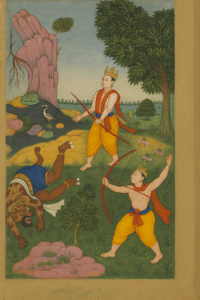
While Rama, Lakshmana, and Bharata are often at the center of the Ramayana’s narrative, Shatrughna’s heroism shines in this episode.
Shatrughna was entrusted by Rama with the mission of defeating Lavanasura.
Shatrughna, though humble and soft-spoken, was brave and skilled in warfare.
He accepted the mission and led an army to Mathura, determined to free the land from fear.
The Clever Strategy to Defeat Lavanasura
Shatrughna knew that facing Lavanasura with his trident would be nearly impossible. His strategy relied on patience and timing:
- He discovered that Lavanasura left his trident behind when he went hunting.
- Shatrughna decided to attack during this moment of vulnerability.
- As a result of Lavanasura’s departure, Mathura was unarmed, setting up the decisive battle that ensued.
The Epic Battle of Mathura
The day of destiny arrived. Lavanasura, returning from his hunt, was confronted by Shatrughna.
A fierce battle began outside Mathura.
Lavanasura fought with immense strength and rage, but without his trident, he was vulnerable.
Shatrughna fired arrows with divine precision, piercing through Lavanasura’s defenses.
Finally, with a powerful strike, Shatrughna killed Lavanasura, freeing Mathura from years of oppression.
Shatrughna Becomes the King of Mathura
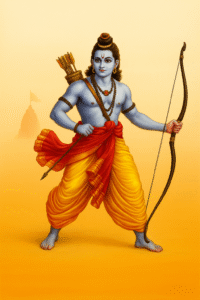
After defeating Lavanasura, Shatrughna was crowned the ruler of Mathura. His reign was marked by justice, prosperity, and security.
- He reconstructed the city, ensuring it became thriving and peaceful.
- The people of Mathura flourished under his wise and righteous leadership.
- His quiet heroism earned him respect as one of the key protectors of dharma in the Ramayana.
Legacy of Shatrughna’s Heroism
Shatrughna’s victory over Lavanasura is more than just a tale of battle; it is a lesson in loyalty, patience, and courage.
Key takeaways from his story:
- Patience and strategy can defeat even the most fearsome enemies.
- Quiet loyalty and service can achieve great acts of heroism.
- Righteous leadership brings lasting peace and prosperity.
Though lesser-known than his brothers, Shatrughna’s story is a **testament to the power of selfless duty and silent strength.
Conclusion: Shatrughna and Lavanasura: He is commonly regarded as the unsung hero of the Ramayana.
Ramayana‘s battle between Shatrughna and Lavanasura is among the most inspiring. By defeating a seemingly invincible demon and restoring peace to Mathura, Shatrughna proved that true heroism lies in quiet dedication and courageous action.
Even today, his legacy continues to inspire as a reminder that **strength and righteousness prevail over tyranny and fear.
1. Who was Shatrughna in the Ramayana?
Shatrughna was the youngest son of King Dasharatha and Queen Sumitra, and the youngest brother of Lord Rama.
2. Who was Shatrughna’s twin brother?
Shatrughna’s twin brother was Lakshmana.
3. Which brother was Shatrughna most close to?
He was especially close to Bharata, just as Lakshmana was close to Rama.
4. What is Shatrughna best known for in the Ramayana?
He is known for defeating Lavanasura, the demon king of Mathura.
5. Who assigned Shatrughna the mission to defeat Lavanasura?
Lord Rama entrusted Shatrughna with this heroic mission.
6. Why was Lavanasura dangerous?
Lavanasura possessed a divine trident gifted by Lord Shiva, making him nearly invincible.
7. How did Shatrughna kill Lavanasura?
He attacked Lavanasura when he was unarmed during a hunt and killed him with divine arrows.
8. Which city did Shatrughna rule after killing Lavanasura?
He became the king of Mathura.
9. How was Shatrughna’s rule in Mathura described?
It was marked by peace, prosperity, and justice.
10. Who were the parents of Shatrughna?
King Dasharatha and Queen Sumitra were his parents.
11. Did Shatrughna accompany Rama during his exile?
No, Lakshmana accompanied Rama, while Shatrughna stayed in Ayodhya with Bharata.
- When Rama was in exile, what were Shatrughna’s responsibilities?
He supported Bharata in managing the affairs of Ayodhya.
13. Was Shatrughna present in the battle against Ravana in Lanka?
No, Shatrughna remained in Ayodhya during the Lanka war.
14. Why is Shatrughna considered an unsung hero?
Because he served silently, showed loyalty, and performed great deeds without seeking fame.
15. What is the meaning of the name Shatrughna?
The name Shatrughna means “destroyer of enemies.”
16. Which Kanda of the Ramayana mainly mentions Shatrughna’s deeds?
His major heroic act is found in the Uttara Kanda.
17. Who was Lavanasura’s mother?
His mother was Kumbhini, the sister of Ravana.
18. What does Shatrughna symbolize in the Ramayana?
He symbolizes loyalty, humility, silent service, and courage.
19. Did Shatrughna have any children?
He had two sons, Subahu and Shatrughati
20. Why is Shatrughna important to the Ramayana story?
His actions protected Mathura, supported his brothers, and upheld dharma.

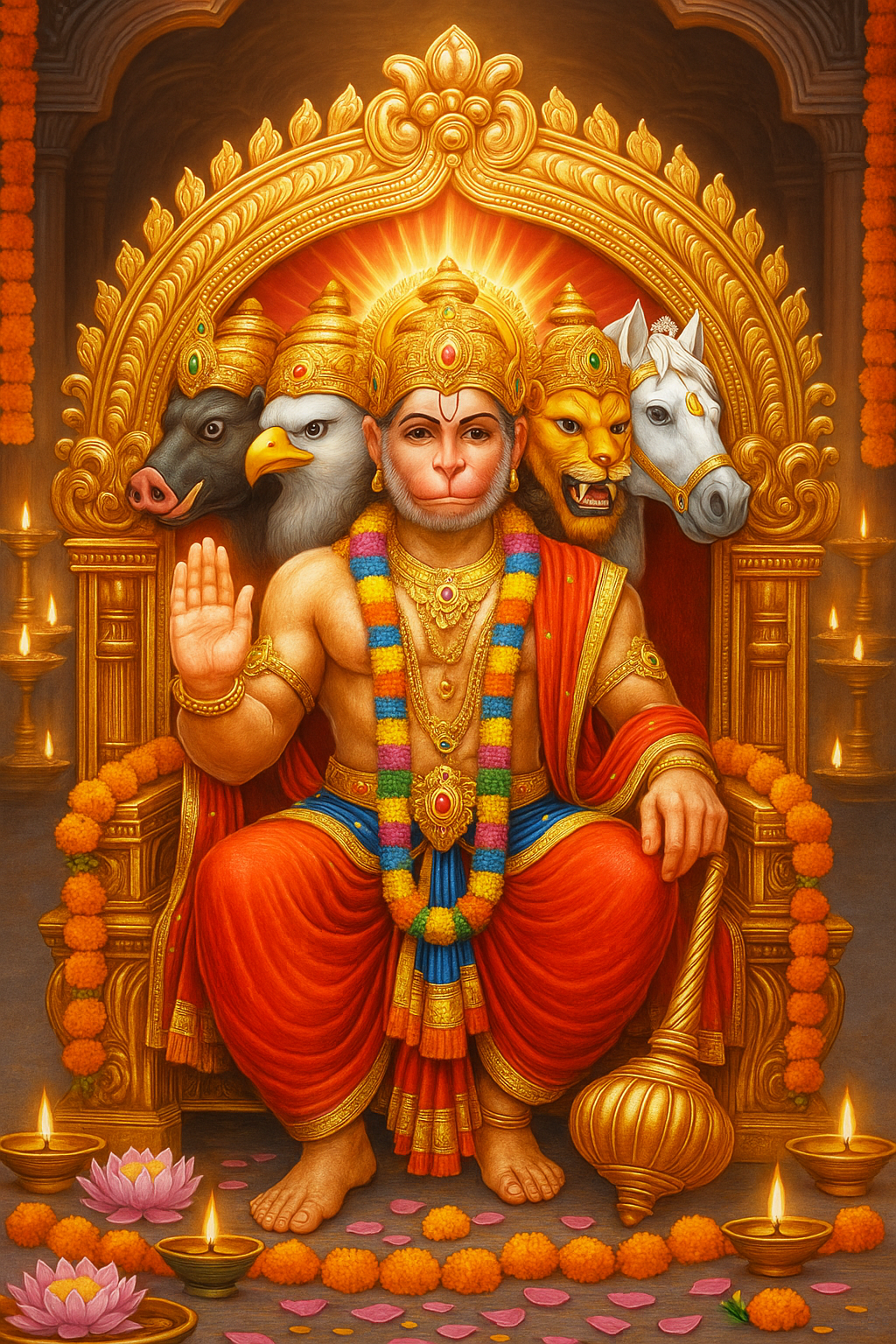
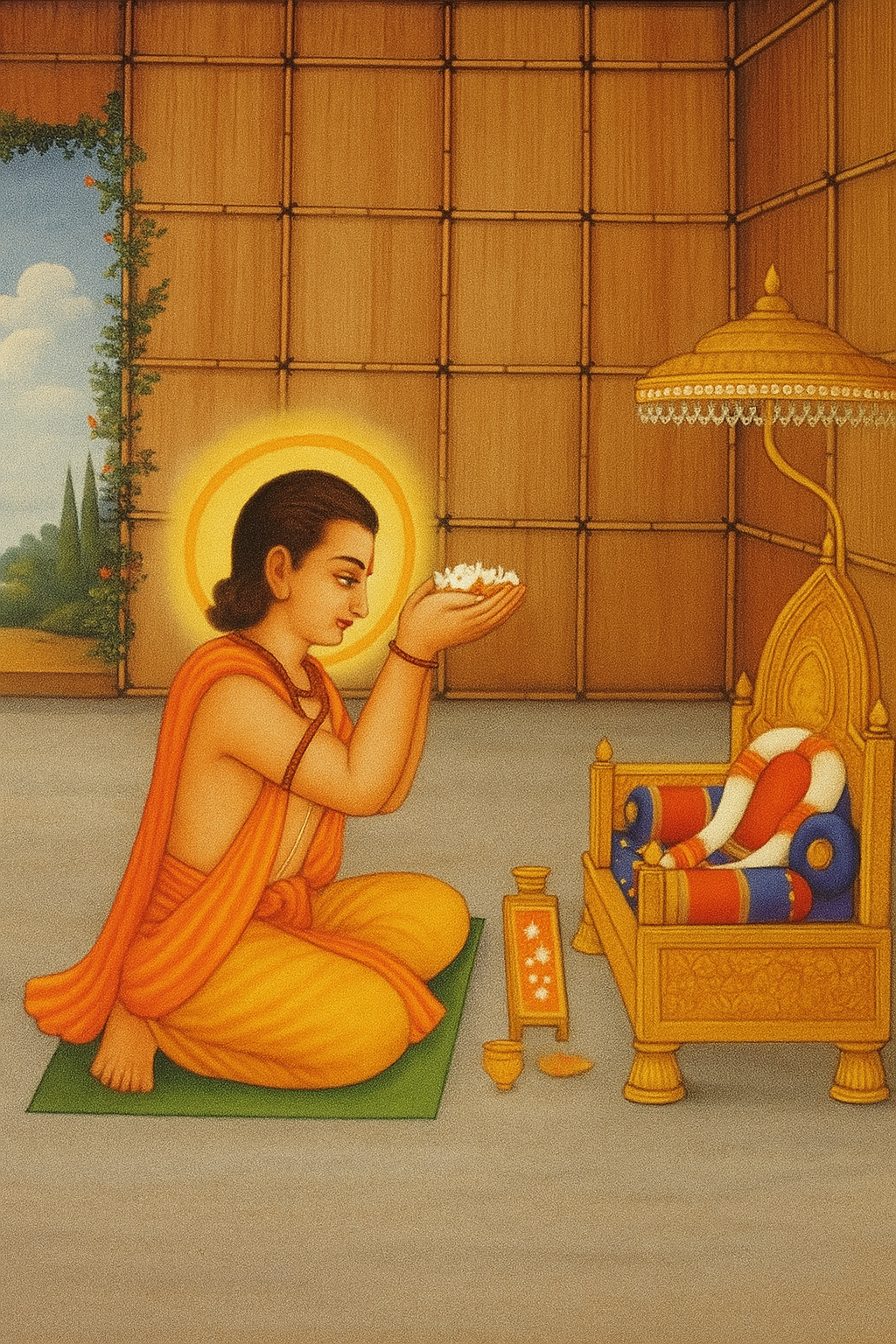

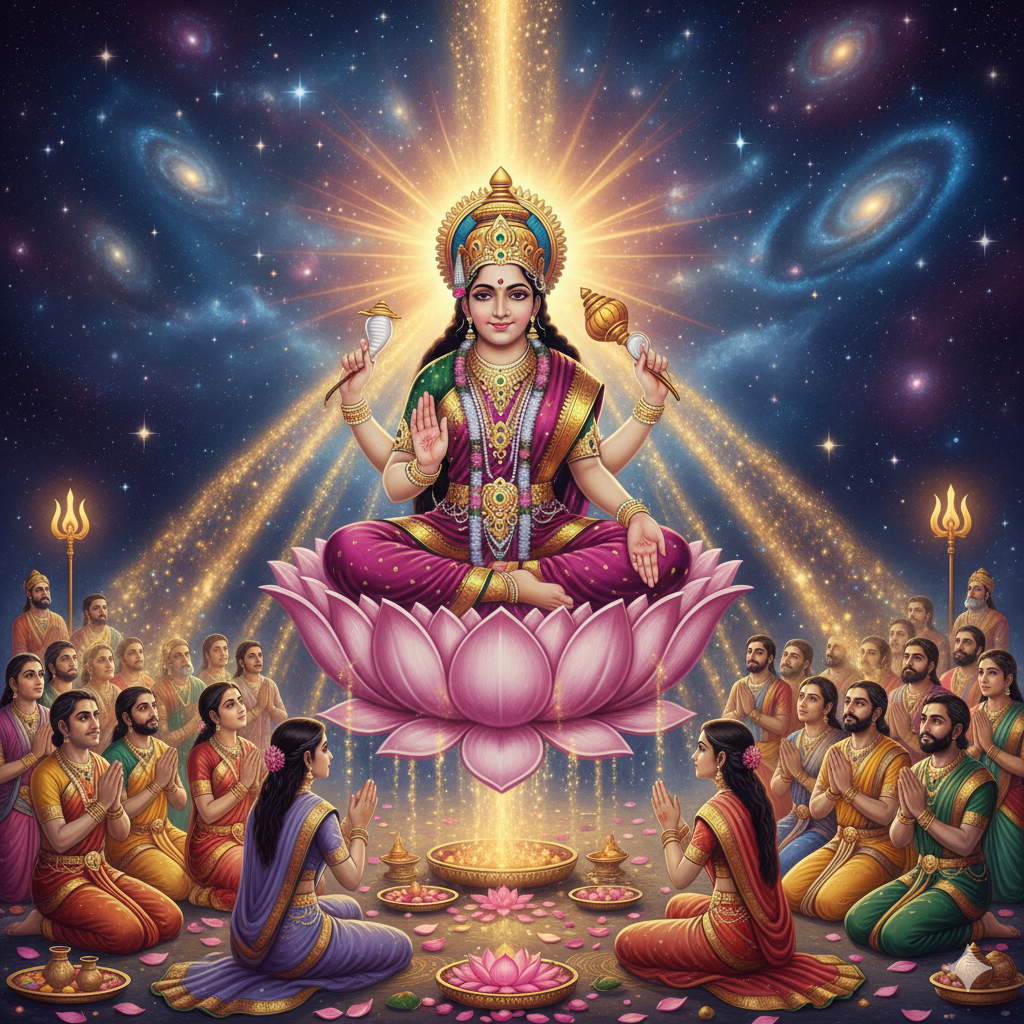
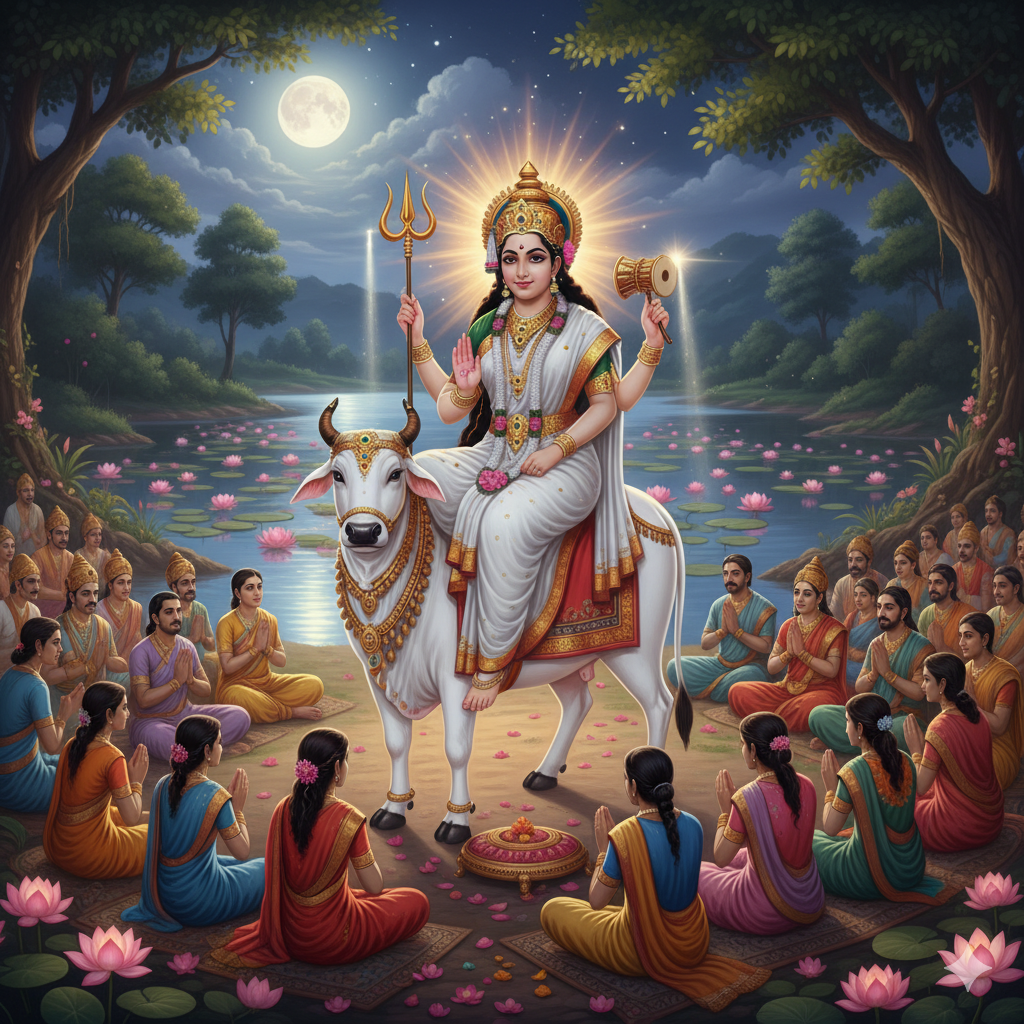
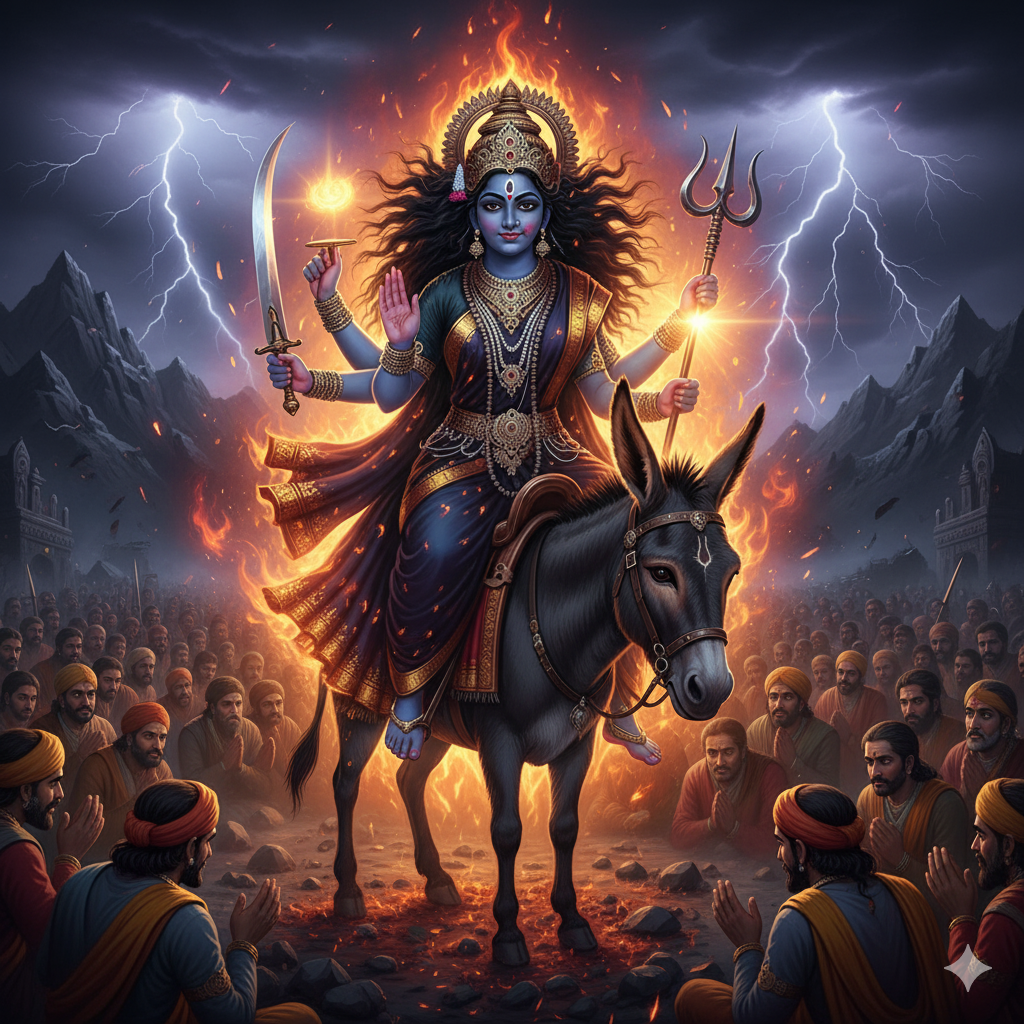
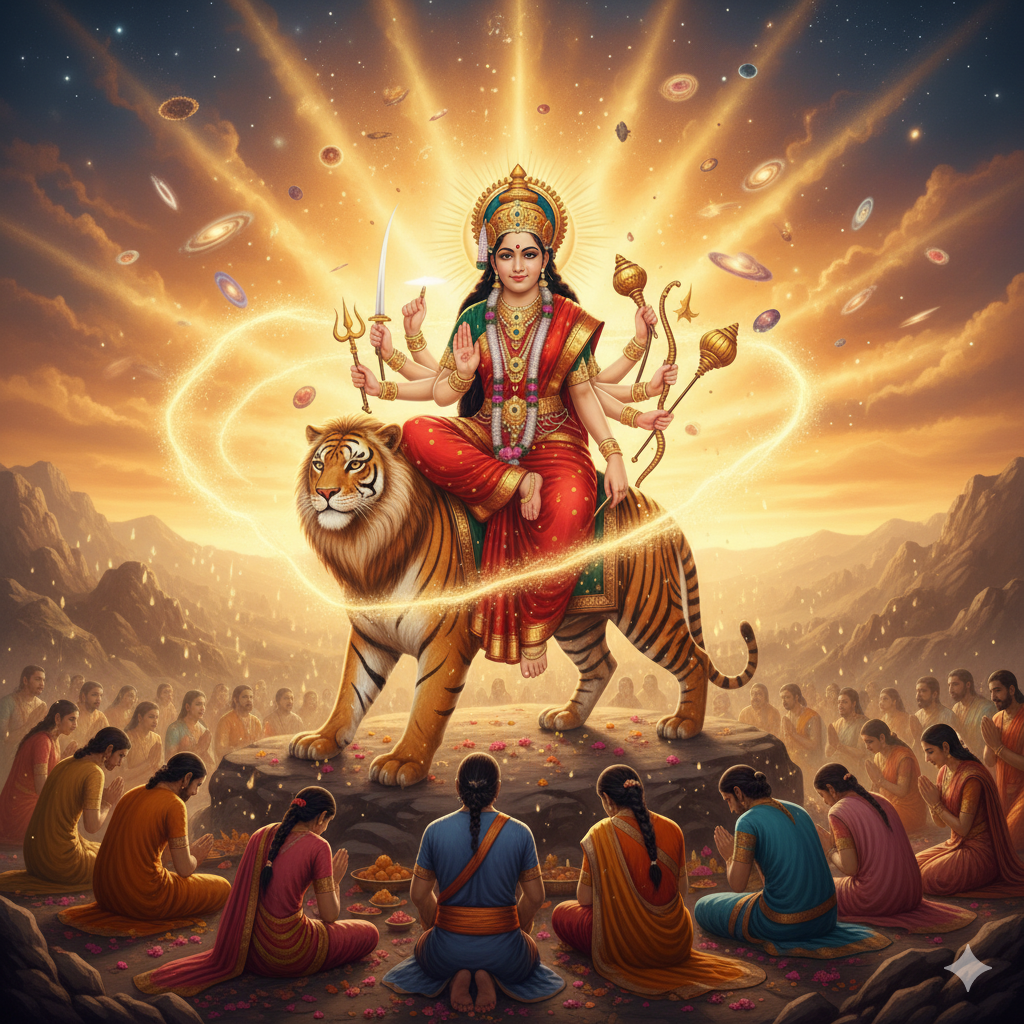
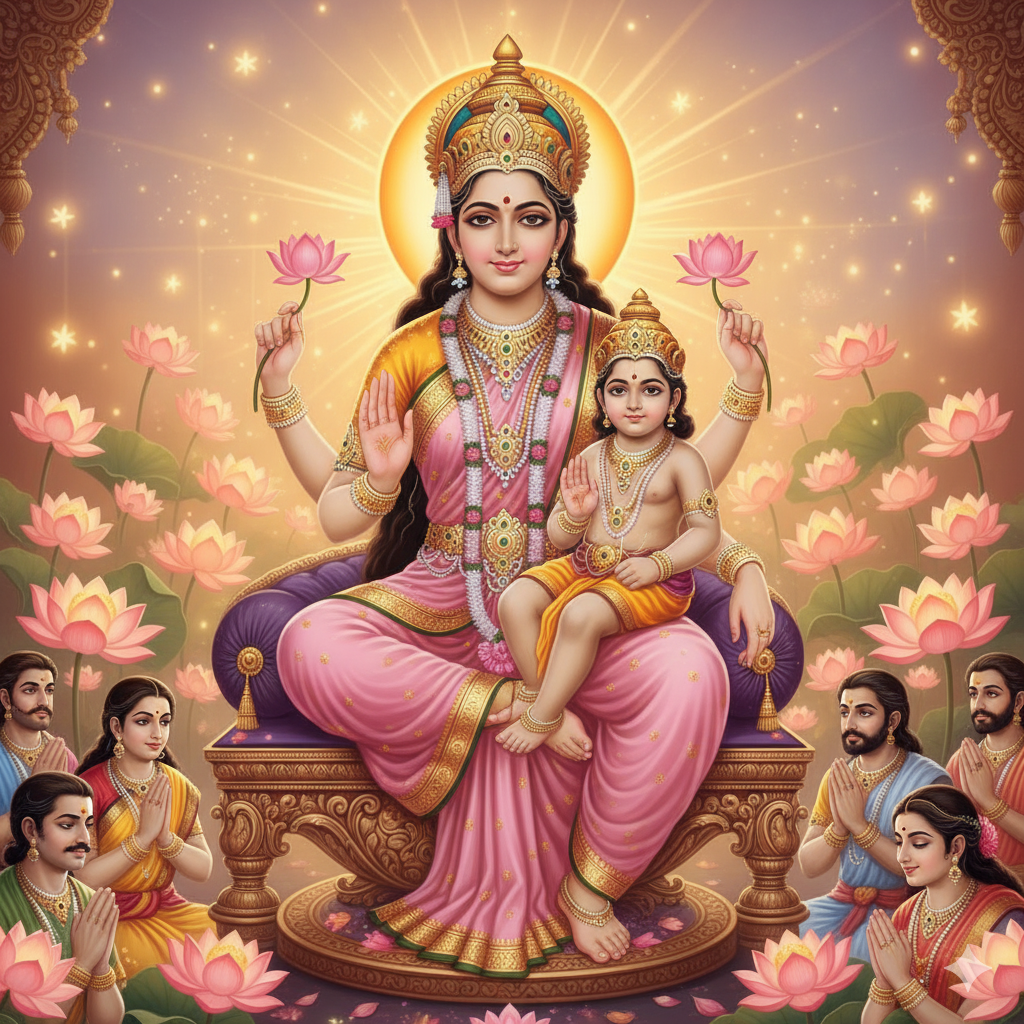
Jai Krishna